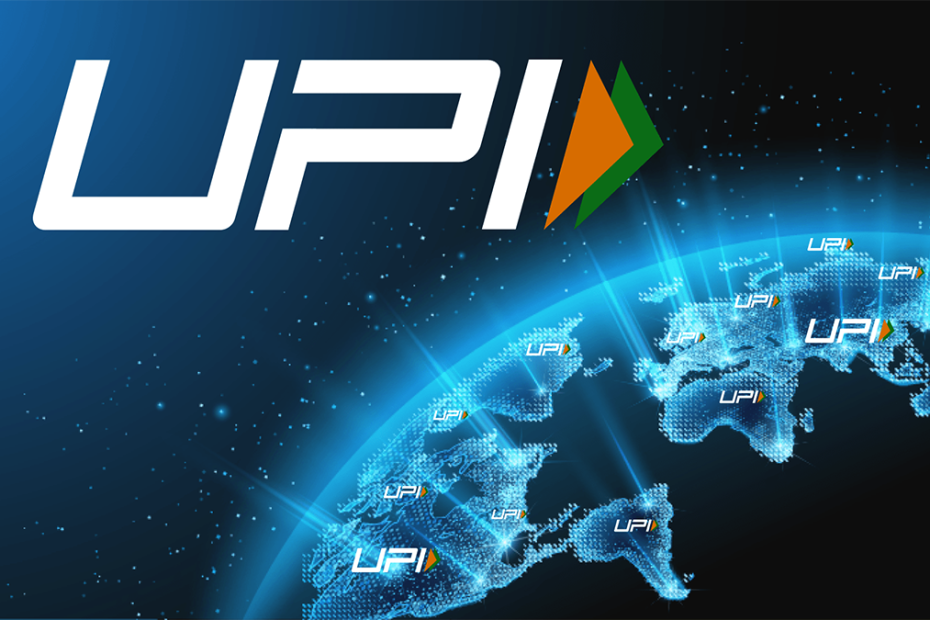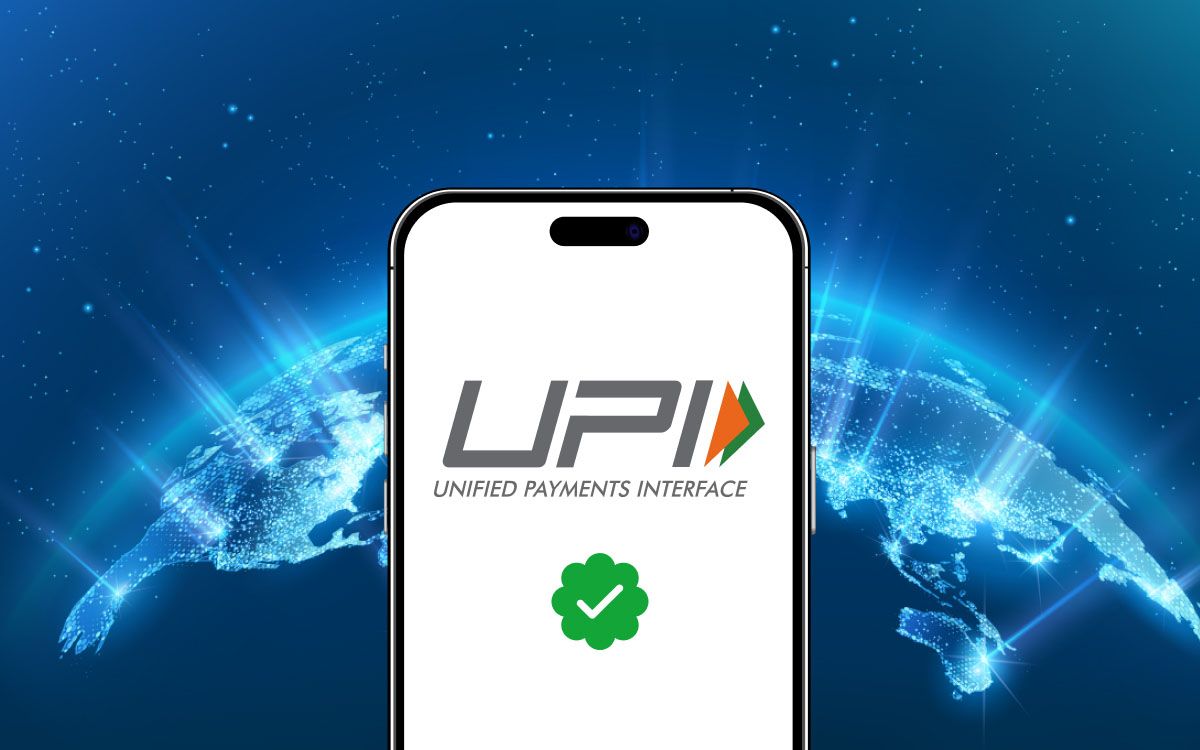How Indians Bypass UPI Limits to Send 1 Lakh+ for Free
Unified Payments Interface (UPI) has revolutionized digital transactions in India, offering a seamless and instant payment experience. However, the system imposes certain transaction limits to ensure security and manage risk. As of 2024, the National Payments Corporation of India (NPCI) has set a general daily transaction limit of ₹1 lakh per account. Despite these restrictions, some individuals seek methods to transfer amounts exceeding this cap without incurring additional fees. This article explores the mechanisms behind UPI limits, the reasons for these restrictions, and the potential implications of attempting to bypass them.DNA India

Understanding UPI Transaction Limits
UPI's transaction limits are designed to balance user convenience with security considerations. The standard daily cap of ₹1 lakh applies to most transactions, encompassing peer-to-peer transfers and merchant payments. However, for specific categories, the NPCI has increased the per-transaction limit to ₹5 lakh. These categories include:Hindustan Times+1Hindustan Times+1
- Tax Payments: Facilitating higher-value transactions for tax liabilities.Financial Times+2Reuters+2DNA India+2
- Hospital and Educational Institution Fees: Accommodating substantial payments for medical treatments and tuition fees.
- Investments in IPOs and RBI Retail Direct Schemes: Allowing larger investments in public offerings and government securities.Financial Times
These enhanced limits aim to streamline significant financial transactions, reducing the need for multiple payments. Hindustan Times
The Rationale Behind UPI Limits
The imposition of transaction limits serves several critical purposes:
- Fraud Prevention: Capping transaction amounts helps mitigate potential losses from unauthorized activities.Reuters+1Hindustan Times+1
- System Stability: Limits prevent overloading the payment infrastructure, ensuring consistent performance.
- Risk Management: They help banks and financial institutions manage exposure and maintain liquidity.
While these measures enhance security, they can sometimes hinder users needing to transfer larger sums.
Methods Users Explore to Exceed UPI Limits
To navigate around UPI's transaction ceilings, some individuals consider the following approaches:
- Multiple UPI Transactions: Dividing a large sum into several smaller transactions to stay within the per-transaction limit.
- Utilizing Multiple Bank Accounts: Spreading transactions across different accounts to leverage each account's individual limit.
- Alternative Payment Methods: Employing other digital payment platforms or traditional banking methods for high-value transfers.
It's crucial to note that while these methods may seem practical, they can be time-consuming and may not always comply with the intended use of UPI services.
Potential Risks and Ethical Considerations
Attempting to bypass UPI's transaction limits carries several risks:
- Account Suspension: Repeatedly circumventing limits may lead to scrutiny and potential suspension by banks or payment service providers.
- Security Vulnerabilities: Multiple transactions increase exposure to cyber threats and fraud.
- Legal Implications: Engaging in activities that contravene banking regulations can result in legal consequences.
Users are advised to adhere to prescribed limits and utilize authorized channels for large transactions to avoid these pitfalls.

Image credit:https://paytm.com/blog/payments/upi/what-is-upi-circle-and-how-does-it-work/
Official Channels for High-Value Transactions
For those needing to transfer amounts exceeding UPI limits, several legitimate options are available:
- Real-Time Gross Settlement (RTGS): Designed for high-value transactions, RTGS allows real-time fund transfers with no upper limit.
- National Electronic Funds Transfer (NEFT): Suitable for large transfers, NEFT operates in half-hourly batches throughout the day.
- Banker's Cheque or Demand Draft: Traditional methods for substantial payments, especially when digital options are unsuitable.
Consulting with one's bank can provide guidance on the most appropriate method based on individual needs.
Conclusion
While the desire to transfer large sums seamlessly is understandable, it's imperative to operate within the frameworks established by financial authorities. UPI's transaction limits are in place to safeguard users and the financial system. Exploring authorized channels for high-value transactions ensures compliance, security, and peace of mind.
Disclaimer
This article is for informational purposes only and does not constitute financial advice. Users should consult with their financial institutions to understand the best practices for conducting high-value transactions. Attempting to bypass established transaction limits may violate terms of service and could lead to legal repercussions.
Emily
|
2025.03.27



